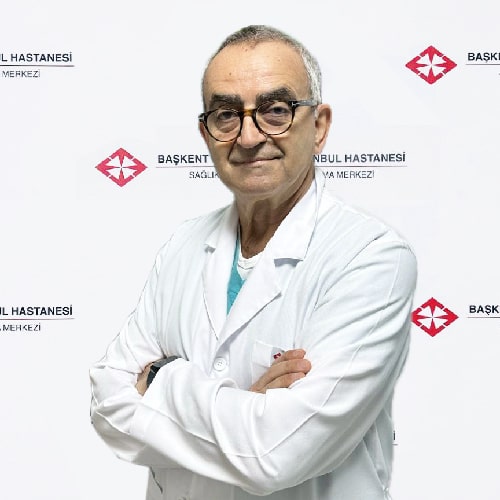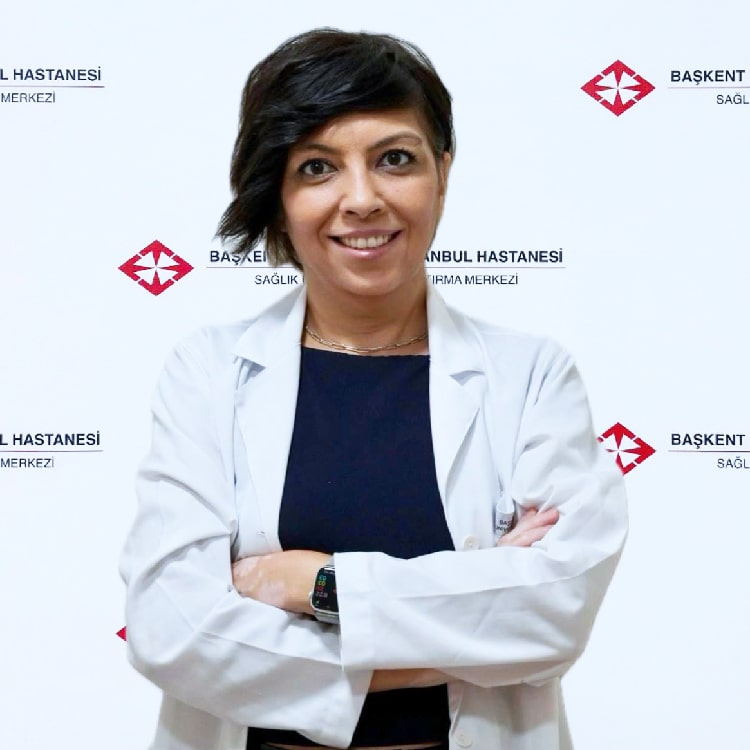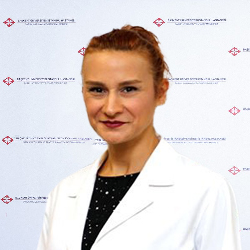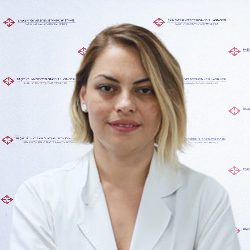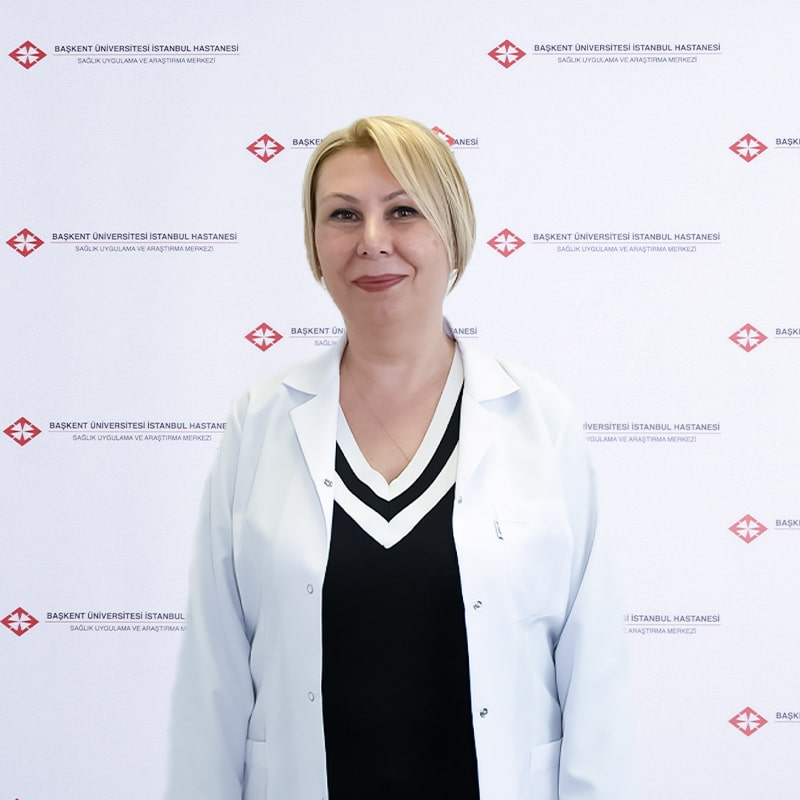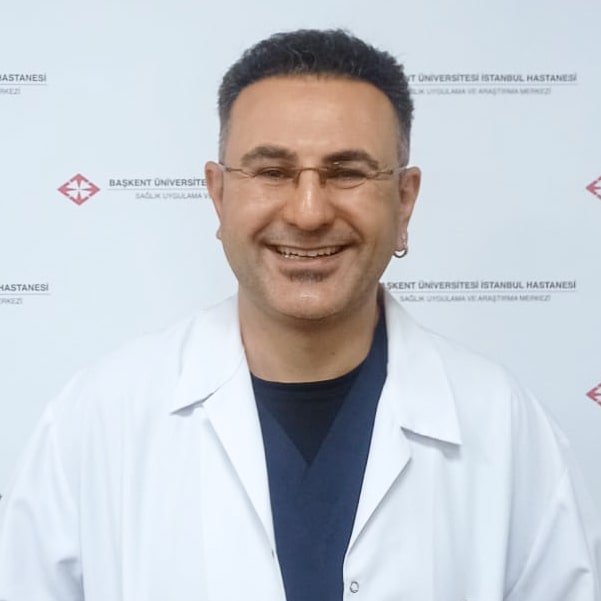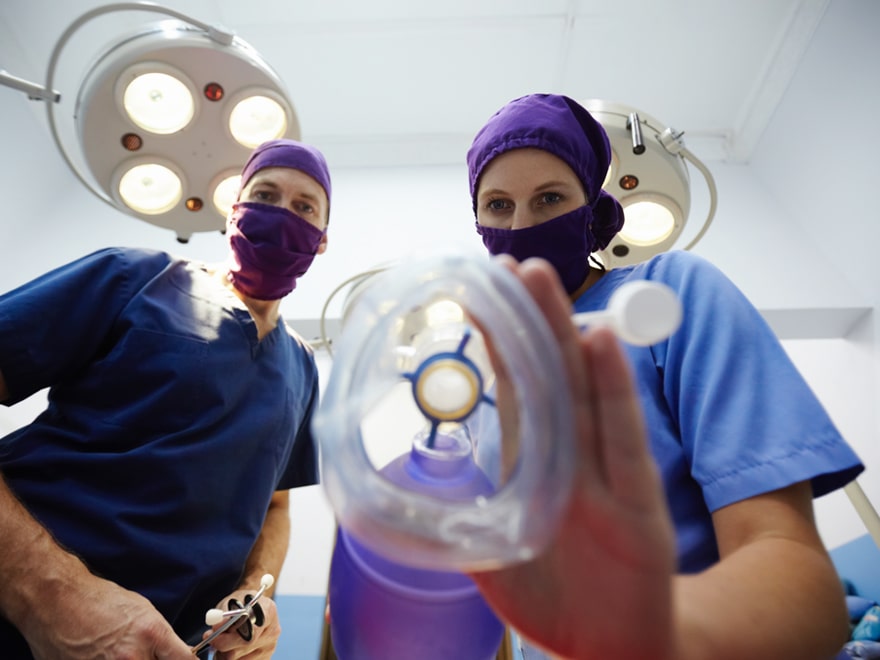
Overview
Anesthesiology is a rapidly changing field of medical science. The rapid development of patient care in surgical procedures for pregnant patients with surgical problems depends on the advancements in anesthesiology. Therefore, patients should be informed more about anesthesia management and practitioners.
What is anesthesia?
The word meaning of anesthesia is loss of sensation. This can be provided by an eye drop or a local anesthetic for tooth extraction. Regardless the method, sensation and pain disappear when the drug is administered. The anesthetic drug can be administered without affecting consciousness and can be administered through different routes. The drug may also be administered to different body parts. In general anesthesia, the anesthetic drugs stop the signals transmitted to the brain via nerves. When the effect of the drug wears off, the signals begin to be transmitted again and all senses, including pain, begin to be felt.
Anesthetics are intentionally administered drugs and applications that temporarily make the patient insensitive to pain and external environment. Anesthesiologist is a licensed medical doctor who is authorized to administer anesthetic drugs and apply anesthesia techniques.
What are the types of anesthesia?
- Local anesthesia: is an anesthetic procedure performed to numb a certain part of the body.
- Regional anesthesia: is the anesthesia method used to numb a wider and deeper part of the body.
- General anesthesia: is a state of temporary unconsciousness that is produced in a controlled manner by the anesthesiologist. Colloquially, it is called deep sleep. It is an absolutely necessary method in some surgeries. Anesthetic drugs can be administered to patient through the lung by inhalation or intravenously. The drug - which is administered by one of these ways and transported to the brain via blood - prevents recognition of the message transmitted by the peripheral nerves. The unconsciousness produced by anesthetics is different from drug overdose and loss of consciousness due to other causes and consciousness is restored when the effect of the drugs wears off.
Who administers anesthesia?
- The anesthesiologist works with the surgeon and other relevant healthcare professionals.
- Anesthesiologist: is a physician who has specialized in Anesthesia and Intensive Care for 4 years following 6-year medical education. Anesthesiologist is a person who is specialized in administering anesthesia, treating pain, providing the critically ill patients with intensive care and resuscitating the patient in emergency care.
- Operating room personnel: is the technician who is trained in anesthesia, able to prepare and maintain the equipment, and assists the anesthesiologist and supports the care of the patient.
- Trained personnel in the recovery room: is the person responsible for patient care after surgery until the patient is ready to be transferred to the ward.
- Medical students and other healthcare personnel in training: is a group of students who can play a role in the care of the patient with the permission of the patient and who should be kept under close supervision.
- Resident: is the doctor who studies anaesthesiology to be an anesthesiologist. Can maintain anesthesia under the supervision of the consultant anesthesiologist. However, he/she must be under the supervision of the anesthesiologist, especially at the beginning and the end of anesthesia.
Duties of the anesthesiologist: All anesthesiologists who have been given permission to administer anesthesia should have adequate technical competency and knowledge in the anesthesiology practice:
The anesthesiologist should evaluate the patient before the procedure and determine the anesthesia method together with the patient. The anesthesiologist should be able to ensure that; the patient does not feel pain in surgery and delivery; he/she should monitor vital organs and provide supportive treatment when necessary. He/she should continue the patient management in the early period immediately after the end of anesthesia and provide intensive care support and resuscitation, if necessary. He/she should ensure patient comfort by managing acute and chronic pain.







